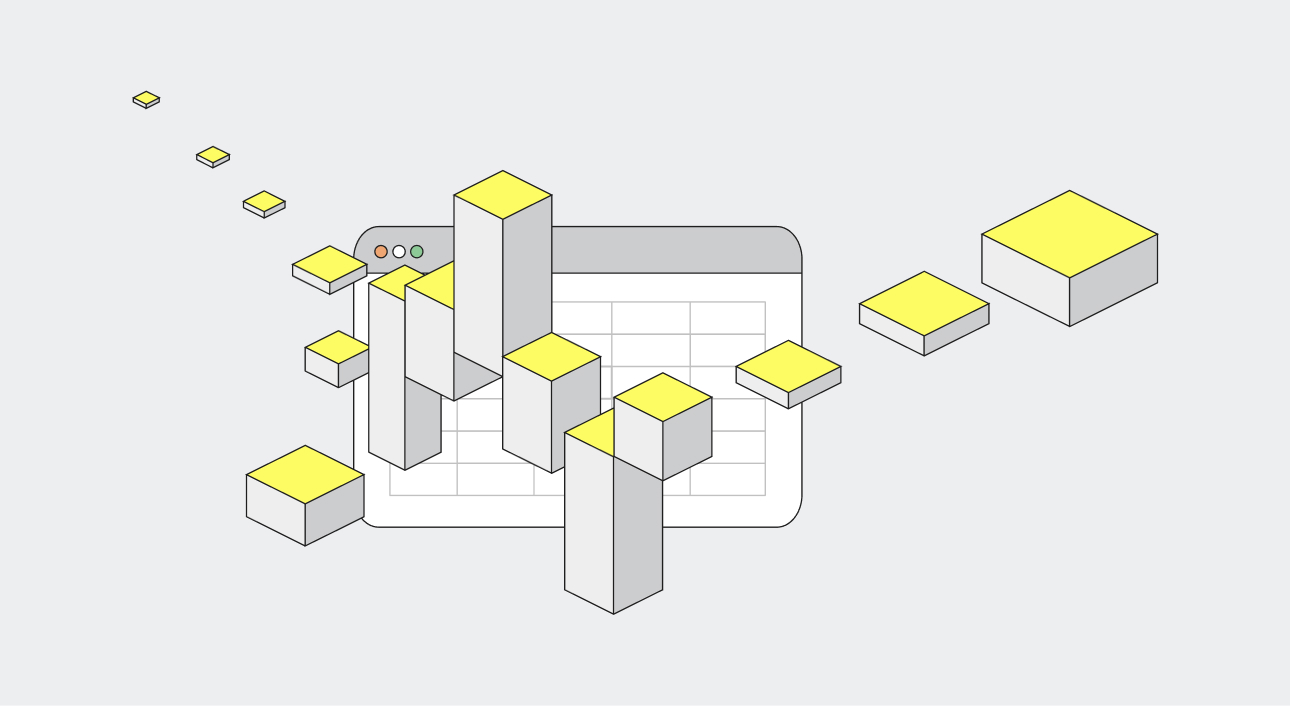Spark 4.0's Columnar Journey: Real Progress, Real Limitations

Apache Spark 4.0 marks a significant milestone in the framework's evolution toward columnar processing. With enhanced Apache Arrow integration, improved UDF support, and refined plugin architectures, Spark has taken meaningful steps forward. Yet understanding both the advances and the remaining gaps reveals why the journey toward truly efficient columnar processing continues.
The Promise and Reality of Columnar Improvements
Spark 4.0's headline improvements center on Apache Arrow integration. The framework now offers direct DataFrame-to-Arrow conversions, Arrow-optimized Python UDFs achieving up to 1.9x performance improvements, and cleaner APIs for columnar data exchange. These changes particularly benefit PySpark users, who've long suffered from serialization overhead when moving data between JVM and Python processes.
Yet examining Spark's architecture reveals a fundamental reality: the core execution engine remains predominantly row-oriented. While Spark provides hooks for columnar execution through its plugin architecture, the built-in operators - projections, filters, joins, aggregations - still process data row by row through optimized Java code generation. This isn't an oversight but a deliberate design choice that prioritizes compatibility and stability over pure performance.
Where Columnar Support Actually Stands
Understanding Spark 4.0's columnar capabilities requires distinguishing between data format and execution model. Spark has long supported columnar storage formats like Parquet. However, during actual computation, most operations convert this columnar data back to rows for processing.
Built-in SQL expressions execute through Catalyst's code generation, producing tight Java loops that process one row at a time. Complex expressions involving conditionals, nested functions, or custom logic follow this row-wise pattern. The JVM's JIT compiler optimizes these loops well, but they fundamentally lack the vectorized operations that define true columnar processing.
UDF support presents a mixed picture. Pandas UDFs genuinely operate on columnar data, leveraging NumPy's vectorized operations. The new Arrow-optimized Python UDFs improve data transfer efficiency but don't change the scalar execution model - they still process individual values, just with better serialization. Scala and Java UDFs remain entirely row-based, forcing any columnar data to convert back to rows for execution.
The architectural split becomes clear when examining memory management. Spark uses its own ColumnVector implementations for internal operations, not pure Arrow format. Converting between Spark's internal format and Arrow involves either copying or wrapping data, adding overhead that pure columnar engines avoid.
The Performance Gap That Remains
The practical implications become evident in production workloads. Join operations still rely on sort-merge or hash algorithms implemented in Java without SIMD optimization. Aggregations process groups row by row rather than operating on entire column chunks. String operations, mathematical expressions, and date manipulations all follow the same pattern - optimized Java code that processes individual values rather than vectors.
Native columnar engines demonstrate what's possible with true vectorized execution. By leveraging SIMD instructions and processing entire column batches simultaneously, these engines achieve significant speedups - often 2x or more - on the same hardware. This isn't because Spark's code is poorly written; it's because columnar execution with hardware vectorization fundamentally outperforms row-wise processing for analytical workloads.
The memory efficiency gap proves equally significant. Native columnar engines process data in its compressed form, maintaining compression through operations wherever possible. Spark's row-wise operations require decompression and materialization, increasing memory pressure and triggering more frequent garbage collection. For workloads pushing memory limits - a common scenario given how frequently Spark jobs encounter OOM errors - this efficiency difference can determine whether jobs complete successfully.
The Path Forward: Complementary Solutions
Spark 4.0's columnar improvements represent genuine progress, particularly for Python workflows and data interchange scenarios. Yet the core execution engine's row-based nature means achieving optimal columnar performance requires additional components.
Organizations increasingly deploy hybrid architectures that leverage Spark's strengths - distributed orchestration, fault tolerance, broad connector support - while delegating performance-critical operations to specialized columnar engines. Whether through native code execution or hardware acceleration, these complementary technologies fill the gaps in Spark's columnar story. This is precisely where solutions like Flarion's Arrow-based columnar processing provide value - plugging directly into existing Spark deployments to accelerate workloads without requiring code changes, while maintaining the distributed capabilities teams already rely on.
Understanding both Spark 4.0's advances and its limitations enables informed architectural decisions. While Spark takes important steps toward columnar processing, the journey toward truly efficient columnar execution often requires recognizing where additional acceleration provides essential value. For teams facing today's performance challenges - growing datasets, tightening SLAs, and mounting infrastructure costs - combining Spark's orchestration capabilities with purpose-built columnar acceleration delivers the performance modern data platforms demand.

